Title: Exploring the World of Minerals: Buy List of Mineral Types + Price Introduction: Minerals are not only natural resources but also valuable commodities that have been sought after for centuries. They play a crucial role in various industries, including manufacturing, technology, construction, and healthcare. Whether you are an individual collector or a business looking to source minerals, having access to a comprehensive buy list of mineral types and prices is essential. In this article, we will explore the various types of minerals available on the market and delve into their prices to help you make informed buying decisions. Types of Minerals: 1. Precious Metals: Precious metals, such as gold, silver, platinum, and palladium, have always held great value due to their scarcity, unique properties, and aesthetic appeal.
minerals
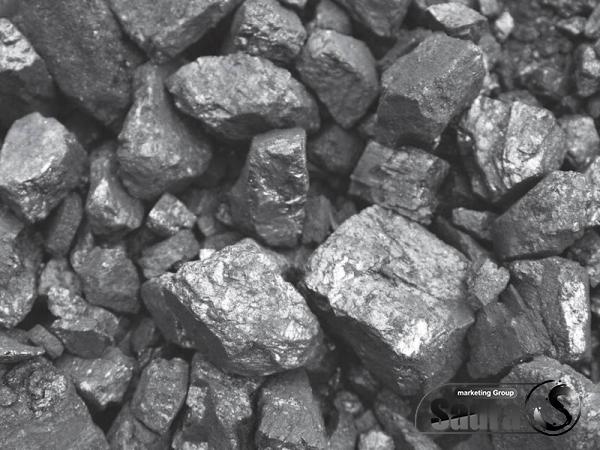 Their prices fluctuate daily and are influenced by factors such as global economic conditions, investor sentiment, and geopolitical events. 2. Industrial Minerals: Industrial minerals comprise a wide range of minerals used in manufacturing and industrial processes. Examples include talc, gypsum, limestone, silica, and graphite. Their prices are influenced by factors such as supply and demand dynamics, production costs, and end-use applications. 3. Gemstones: Gemstones, renowned for their beauty and rarity, have captivated humans for centuries. Popular gemstones include diamonds, rubies, sapphires, emeralds, and amethysts. Their prices are determined by factors such as color, clarity, cut, carat weight, and market demand. 4. Rare Earth Minerals: Rare earth minerals, a group of 17 elements, are vital for modern technology, including electronics, batteries, and renewable energy applications. These include neodymium, cerium, and lanthanum.
Their prices fluctuate daily and are influenced by factors such as global economic conditions, investor sentiment, and geopolitical events. 2. Industrial Minerals: Industrial minerals comprise a wide range of minerals used in manufacturing and industrial processes. Examples include talc, gypsum, limestone, silica, and graphite. Their prices are influenced by factors such as supply and demand dynamics, production costs, and end-use applications. 3. Gemstones: Gemstones, renowned for their beauty and rarity, have captivated humans for centuries. Popular gemstones include diamonds, rubies, sapphires, emeralds, and amethysts. Their prices are determined by factors such as color, clarity, cut, carat weight, and market demand. 4. Rare Earth Minerals: Rare earth minerals, a group of 17 elements, are vital for modern technology, including electronics, batteries, and renewable energy applications. These include neodymium, cerium, and lanthanum.
Specifications of minerals
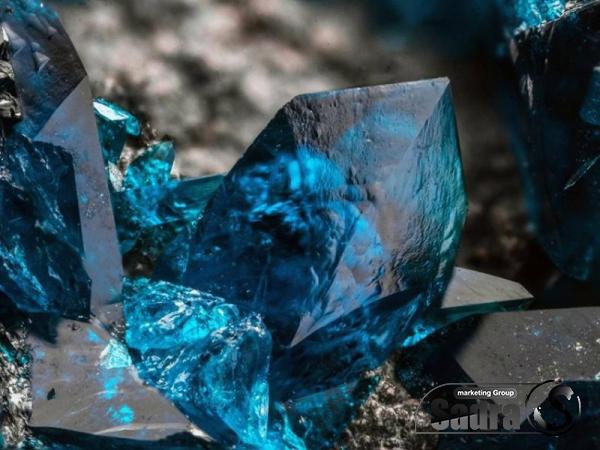 Their prices are influenced by factors such as global supply chains, processing costs, and geopolitical considerations. Mineral Prices: 1. Market Dynamics: Mineral prices are subject to market dynamics influenced by factors such as global economic factors, geopolitical tensions, supply and demand imbalances, and technological advancements. Understanding these market dynamics is crucial for gauging mineral prices accurately. 2. Pricing Mechanisms: Minerals are typically priced based on standardized methodologies such as commodity exchanges, spot prices, and long-term contracts. For example, precious metals like gold and silver have well-established international markets with transparent pricing mechanisms.
Their prices are influenced by factors such as global supply chains, processing costs, and geopolitical considerations. Mineral Prices: 1. Market Dynamics: Mineral prices are subject to market dynamics influenced by factors such as global economic factors, geopolitical tensions, supply and demand imbalances, and technological advancements. Understanding these market dynamics is crucial for gauging mineral prices accurately. 2. Pricing Mechanisms: Minerals are typically priced based on standardized methodologies such as commodity exchanges, spot prices, and long-term contracts. For example, precious metals like gold and silver have well-established international markets with transparent pricing mechanisms.
buy minerals
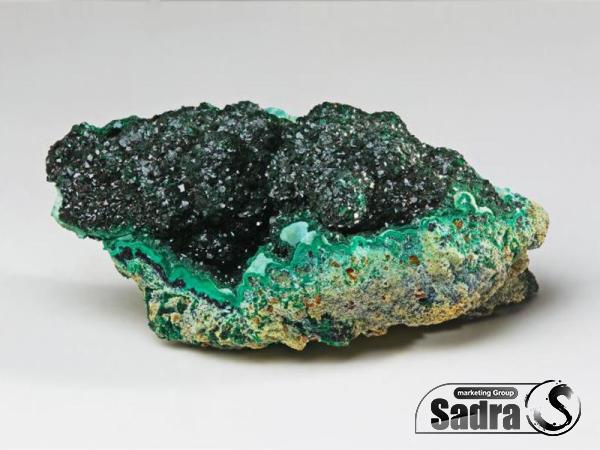 3. Specialized Price Indices: To track mineral prices accurately, various specialized price indices exist, offering real-time or historical data. These indices help buyers and sellers in identifying trends and making informed decisions. Some popular indices include the London Metal Exchange (LME) for industrial metals and Rapaport diamond index for diamonds. Conclusion: Whether you are a collector or a business owner, understanding the buy list of mineral types and prices is crucial for navigating the world of minerals. With a vast array of minerals available, each with its unique factors influencing prices, it is essential to stay informed about market dynamics and pricing mechanisms. By leveraging the information provided in this article, you can make better-informed buying decisions in the captivating world of minerals. Remember, it’s not just about the rarity and beauty of these minerals; their prices play a significant role in shaping the industry.
3. Specialized Price Indices: To track mineral prices accurately, various specialized price indices exist, offering real-time or historical data. These indices help buyers and sellers in identifying trends and making informed decisions. Some popular indices include the London Metal Exchange (LME) for industrial metals and Rapaport diamond index for diamonds. Conclusion: Whether you are a collector or a business owner, understanding the buy list of mineral types and prices is crucial for navigating the world of minerals. With a vast array of minerals available, each with its unique factors influencing prices, it is essential to stay informed about market dynamics and pricing mechanisms. By leveraging the information provided in this article, you can make better-informed buying decisions in the captivating world of minerals. Remember, it’s not just about the rarity and beauty of these minerals; their prices play a significant role in shaping the industry.
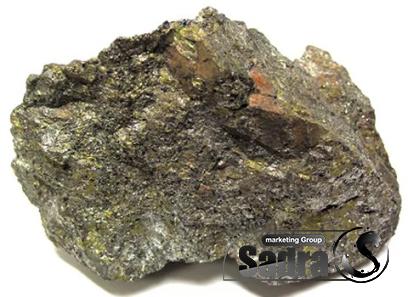
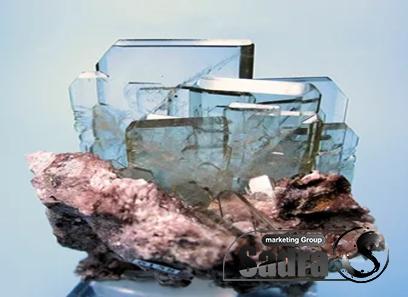
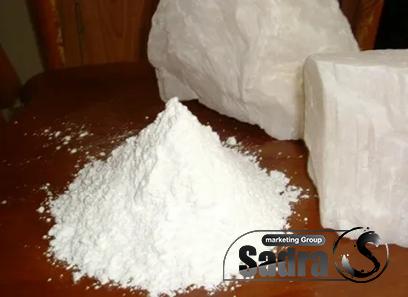
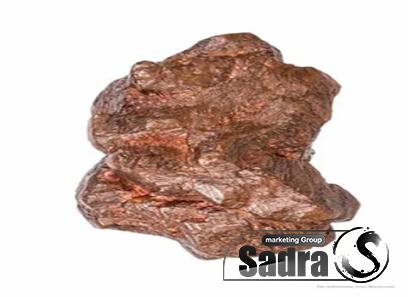
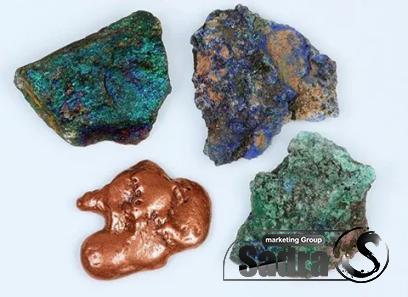

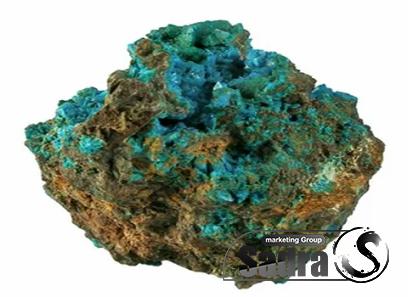
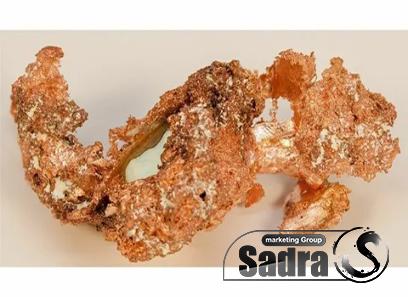
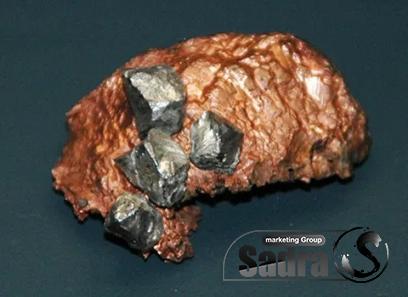
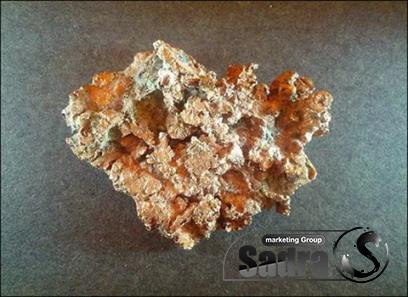
Your comment submitted.